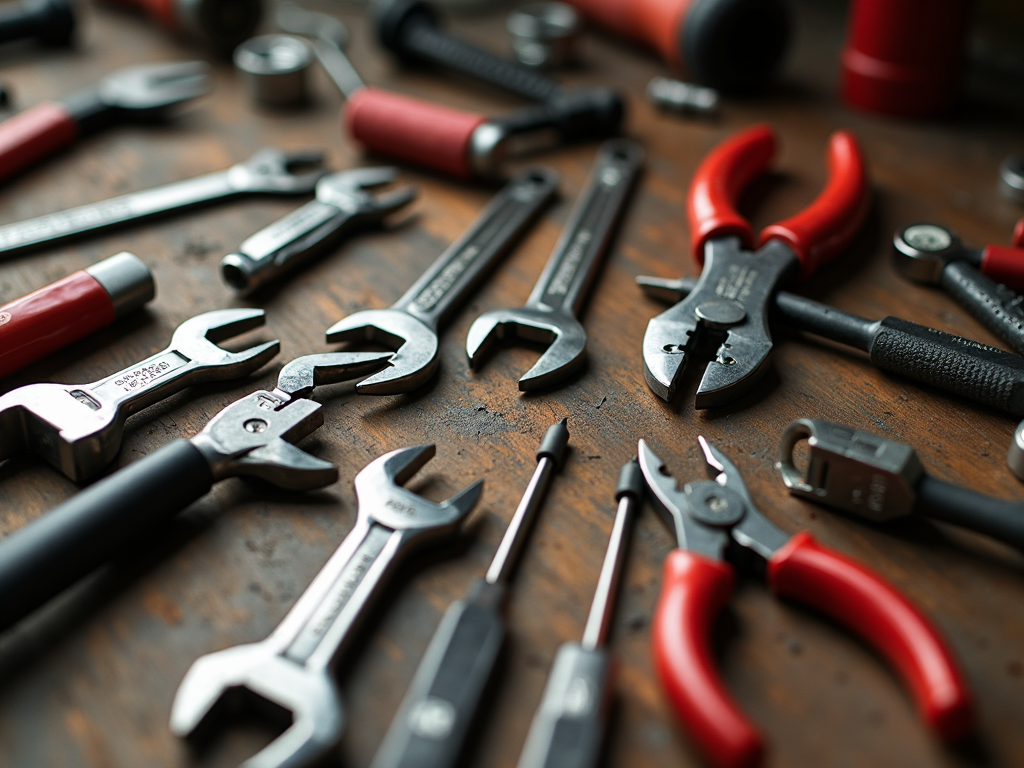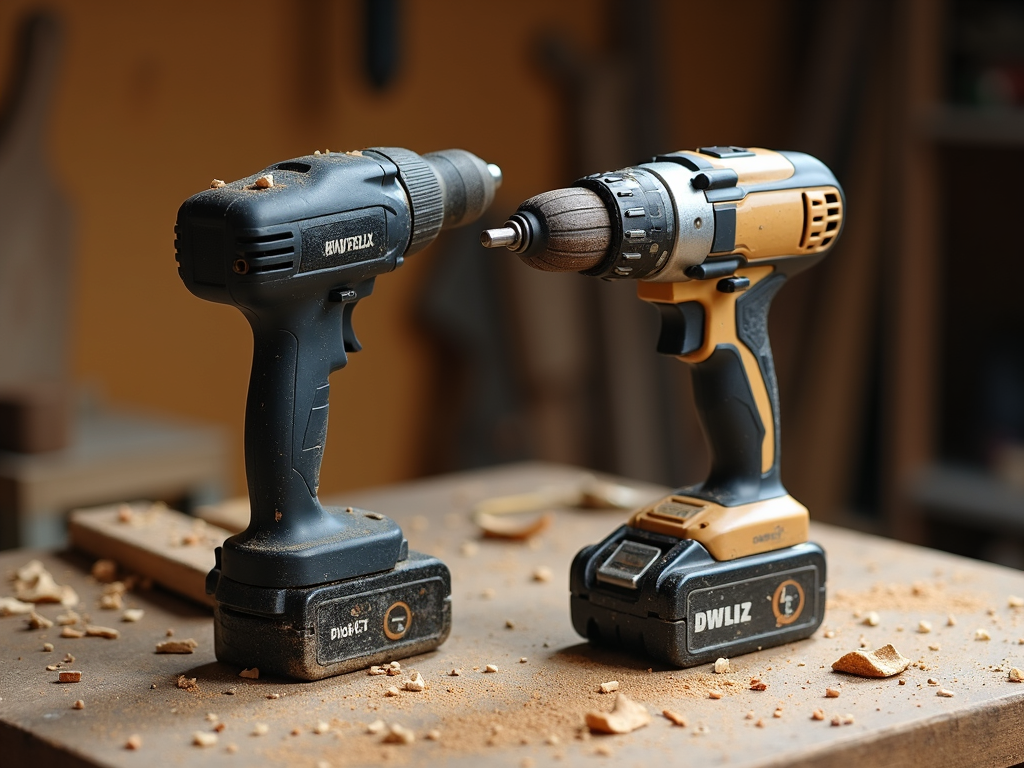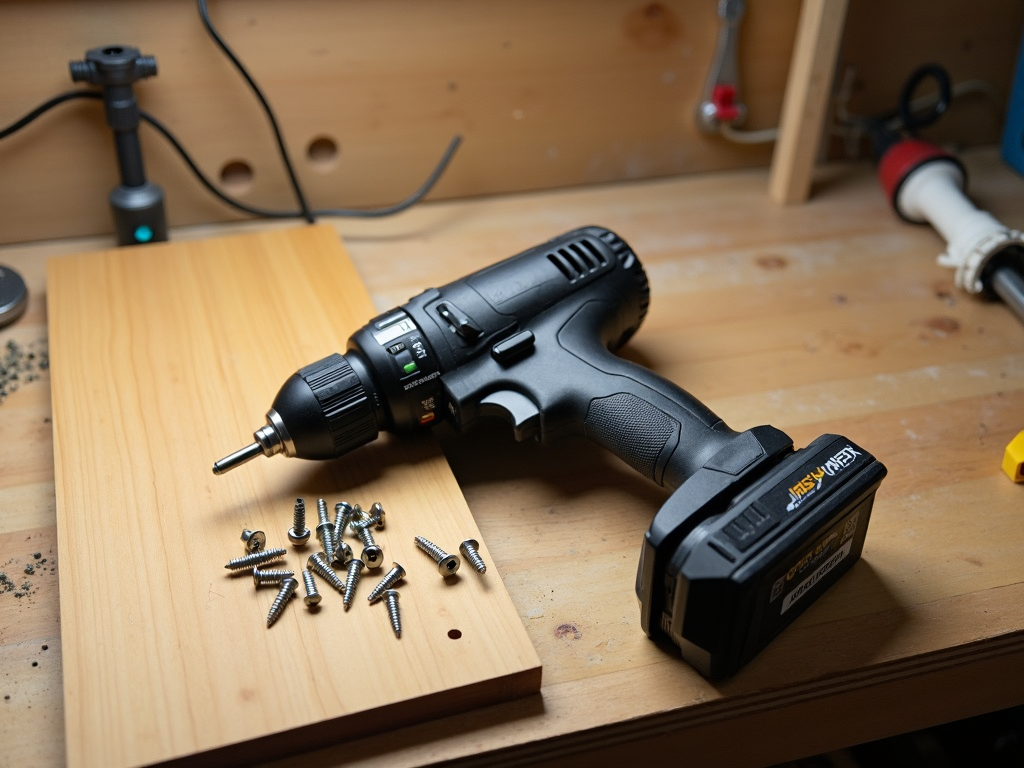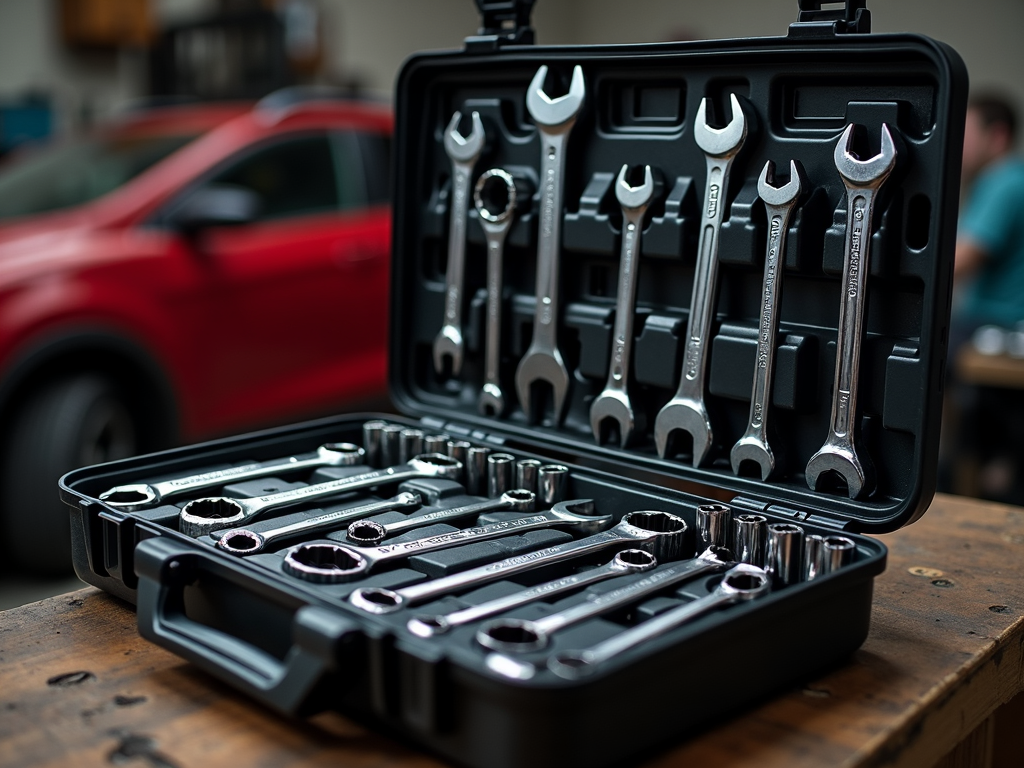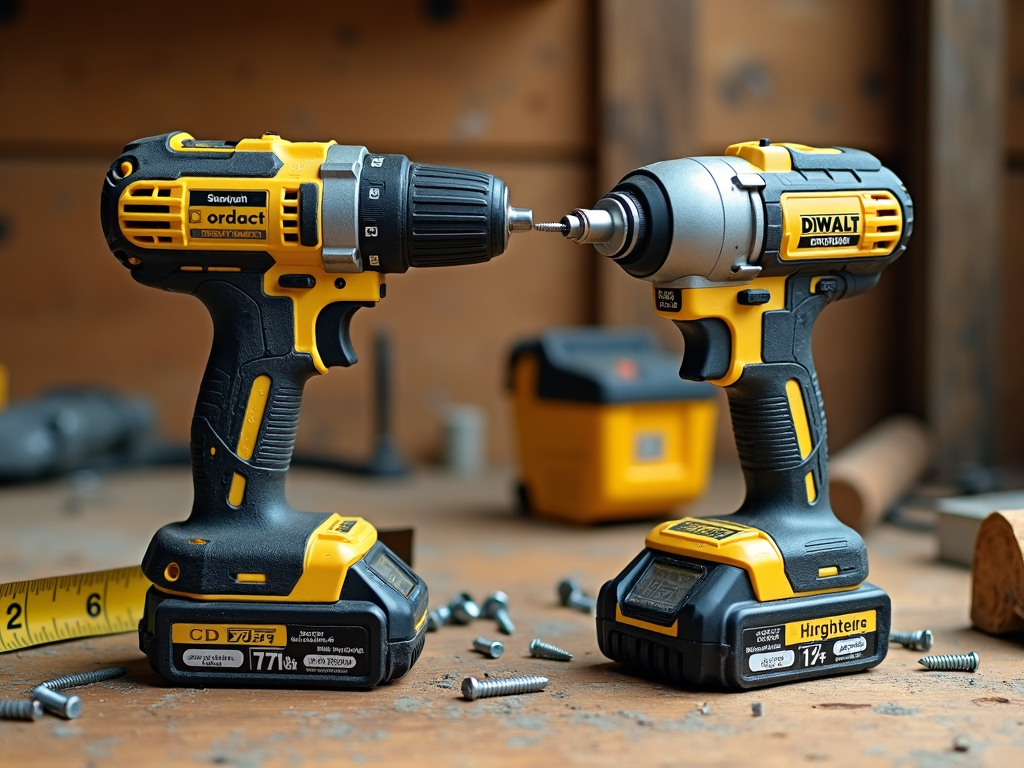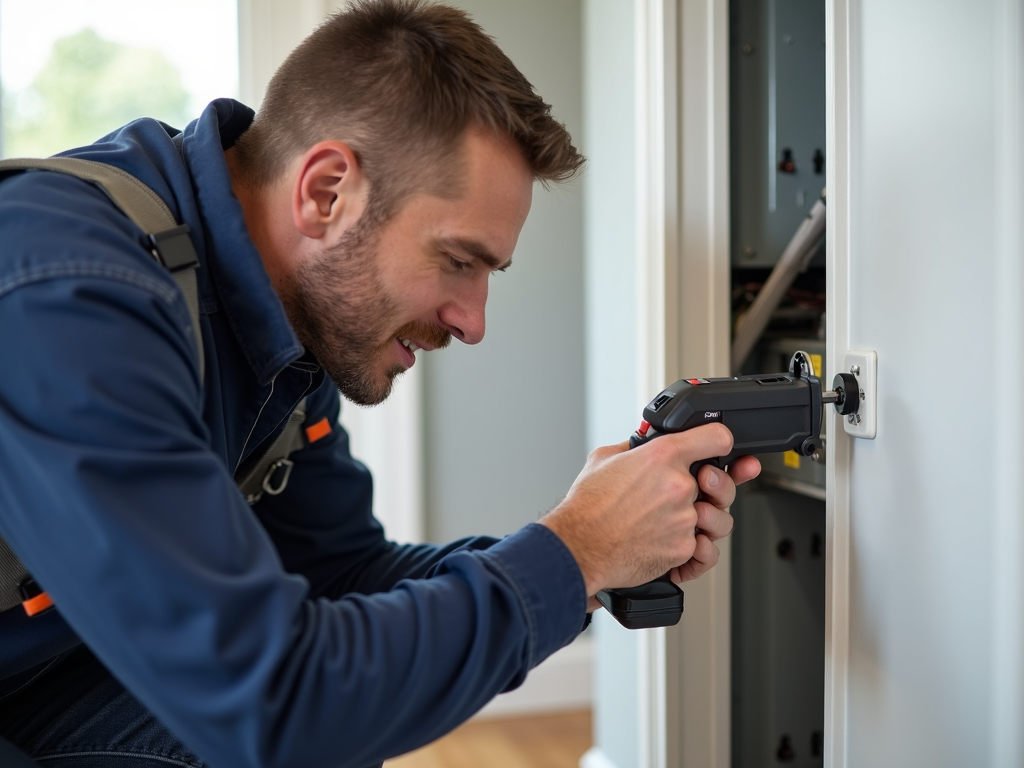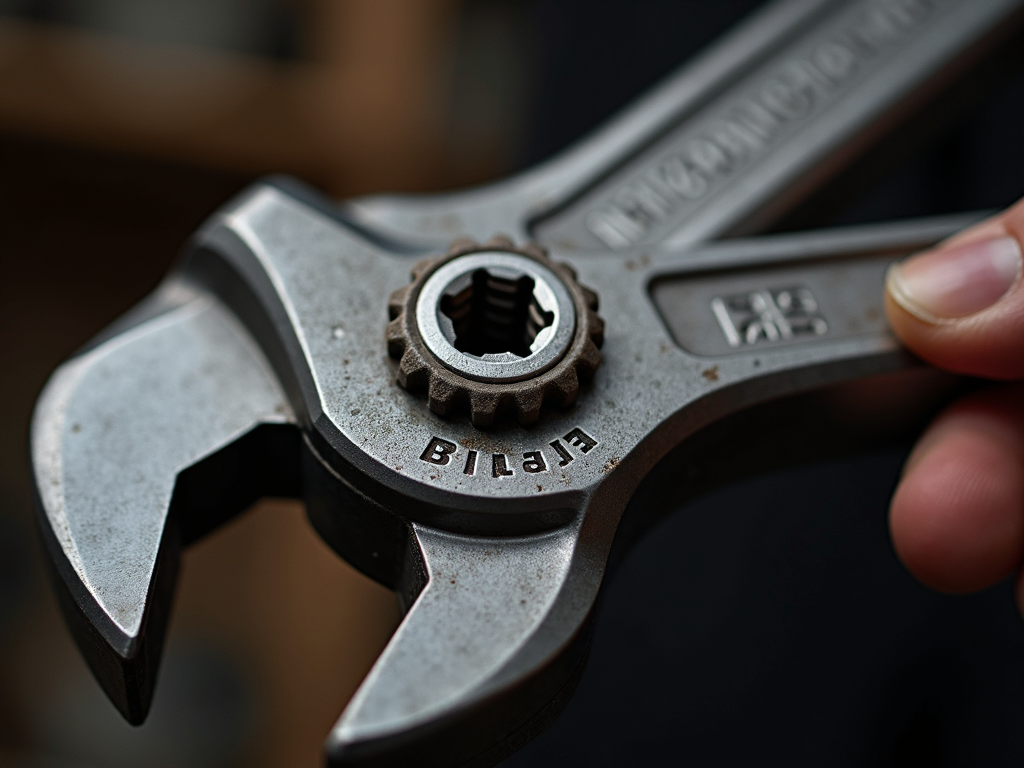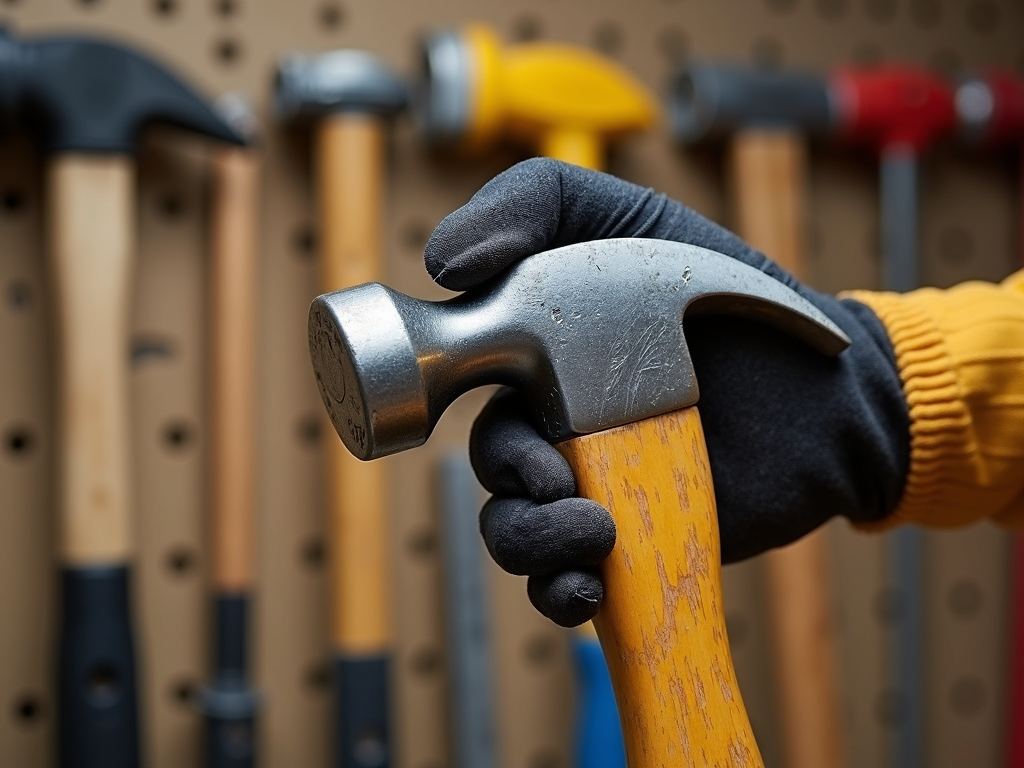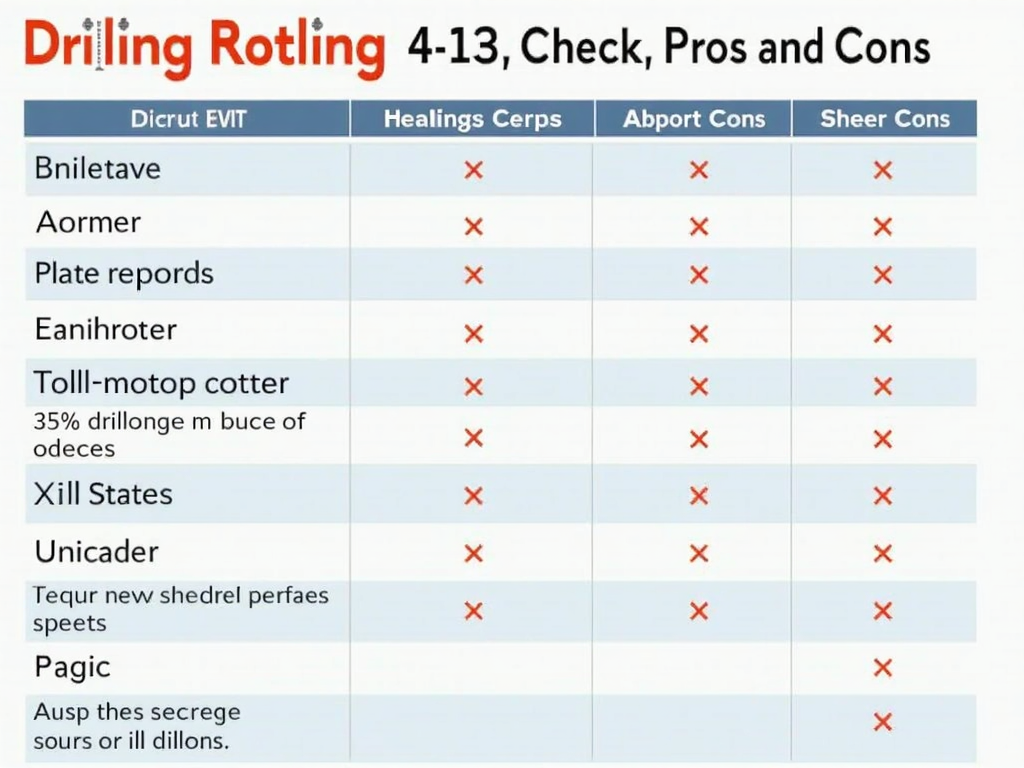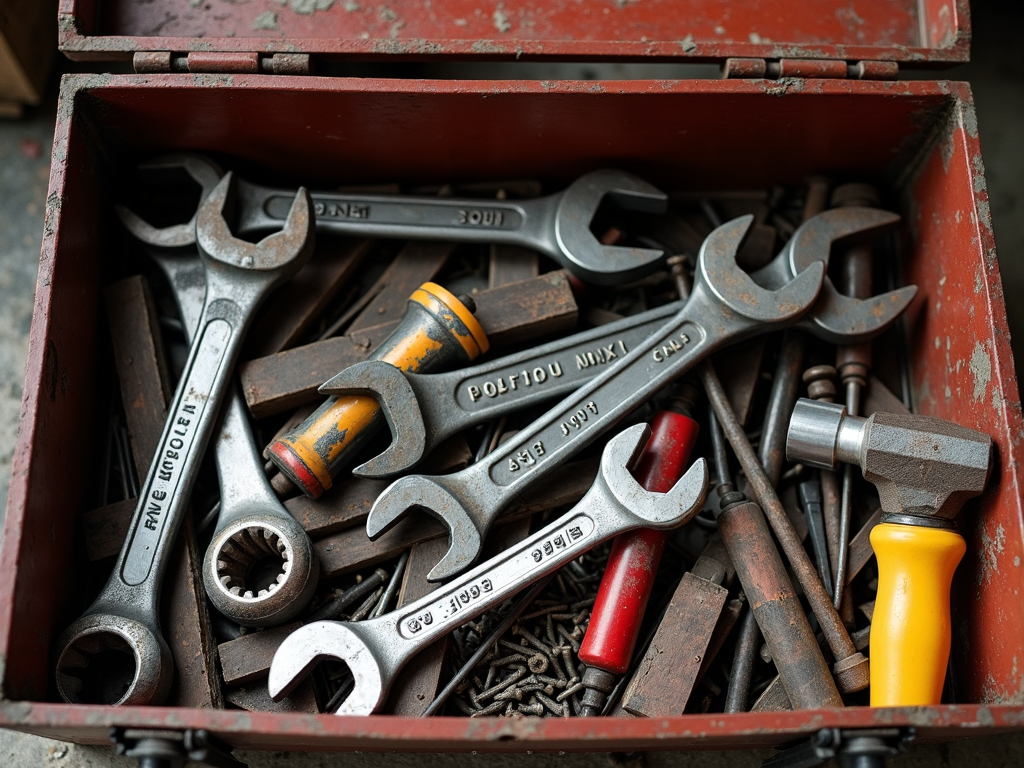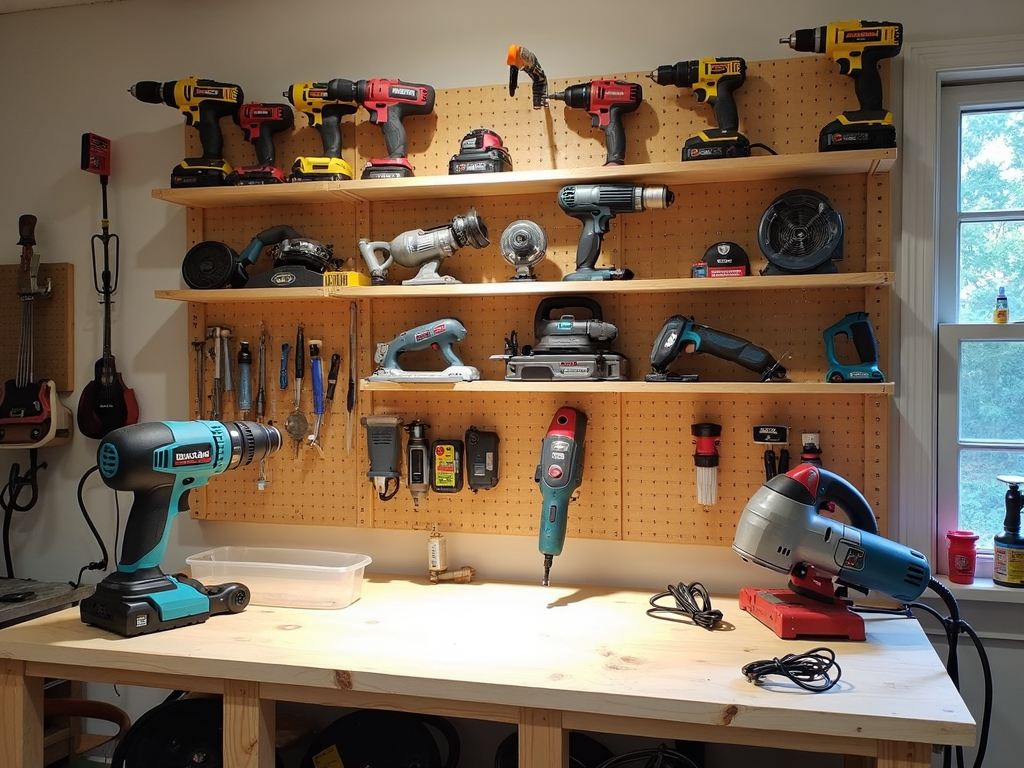DIY projects can be rewarding, but safety should always come first. This article provides essential tips to avoid common mistakes, ensuring your DIY endeavors are both successful and safe.
DIY projects have surged in popularity, offering a sense of accomplishment and the opportunity to save money. However, with great projects come great responsibilities—specifically, the responsibility to stay safe. Whether you're a seasoned DIYer or a beginner, understanding and implementing safety measures is crucial.
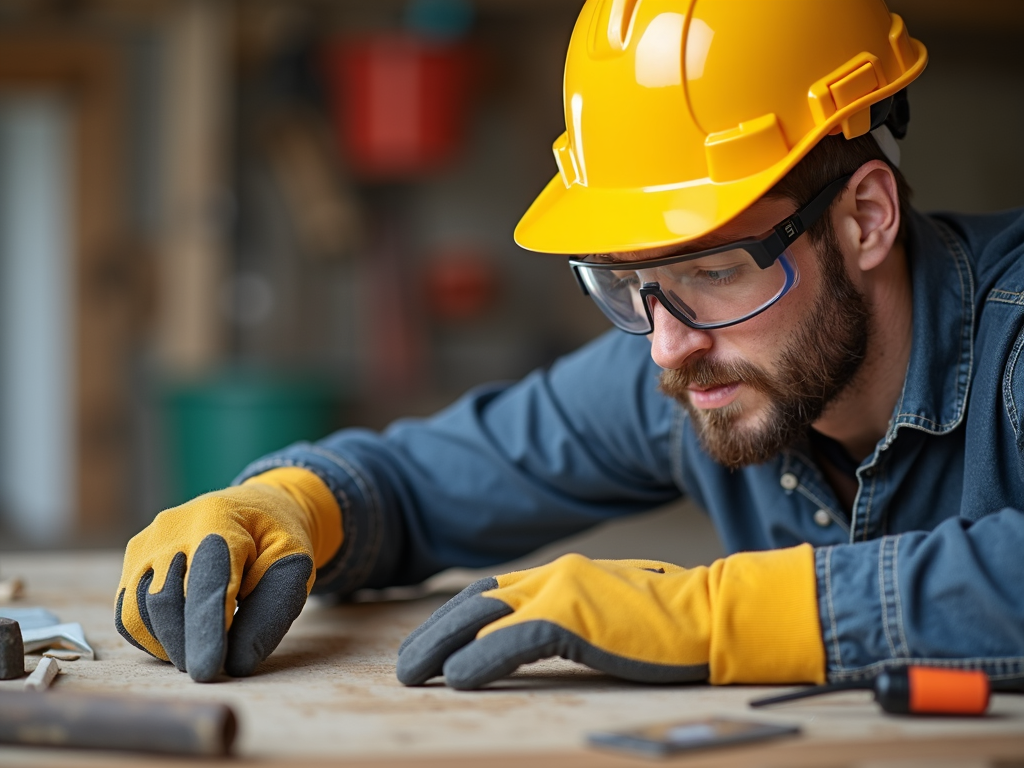
One of the most frequent mistakes is neglecting safety gear. Always wear appropriate protective equipment, such as goggles, gloves, and helmets, to prevent injuries. Another common error is using the wrong tools for the job, which can lead to accidents or subpar results. For instance, using a wrench that's too big or too small for a bolt can strip the threads or cause the tool to slip.
To avoid these pitfalls, invest time in researching and selecting the right tools. When it comes to wrenches, understanding the different types—such as adjustable, combination, or socket wrenches—and their specific uses can make a significant difference. Additionally, always follow instructions carefully, whether they're from a manual, a tutorial, or a project plan.
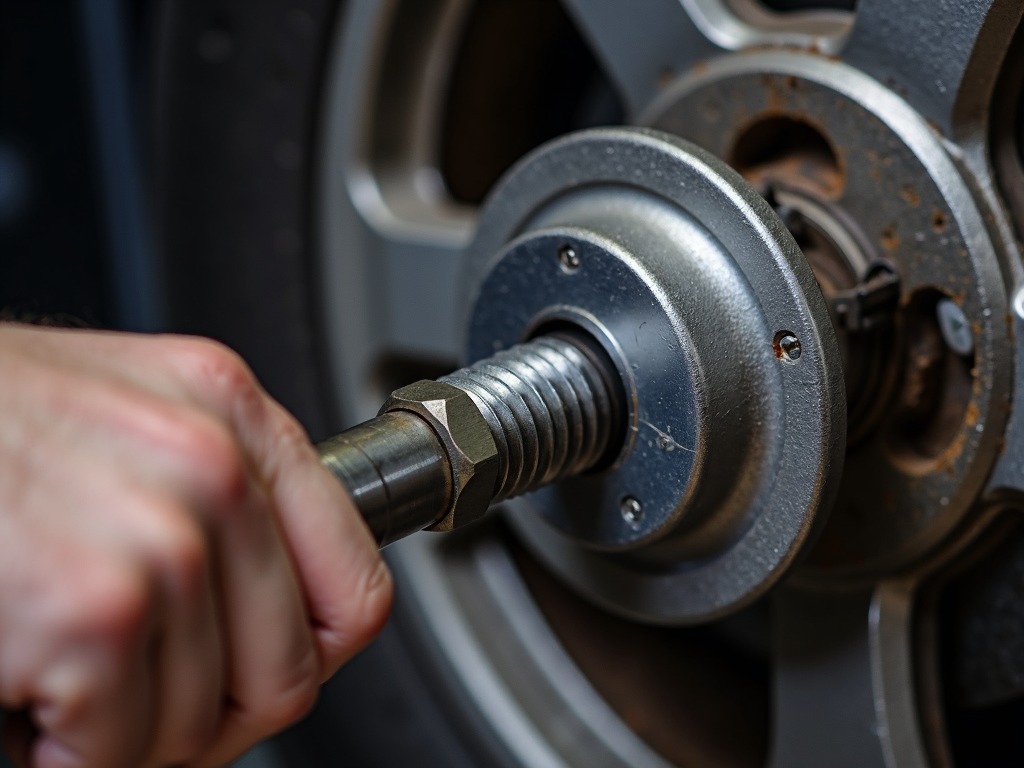
Selecting the appropriate tools is not just about efficiency; it's about safety. Using the wrong tool can lead to accidents, such as slips, falls, or even electrical shocks. For contractors and serious DIYers, investing in top-quality workman tools is essential. These tools are designed to withstand heavy use and provide better control, reducing the risk of mishaps.
When choosing a wrench, consider the type of project you're undertaking. For automotive work, a set of socket wrenches might be ideal, while for plumbing, an adjustable wrench could be more suitable. Always opt for tools from reputable brands known for their durability and safety features.
Different projects come with their own set of risks. For woodworking, ensure you have a stable work surface and use clamps to secure materials. When dealing with electrical work, always turn off the power at the source and use insulated tools. For plumbing, be aware of potential water damage and have a plan to contain leaks.
Creating a checklist before starting a project can help ensure you haven't overlooked any safety measures. For example:
- Have I read and understood the instructions?
- Do I have all the necessary safety gear?
- Are my tools in good condition?
- Is my workspace clean and organized?
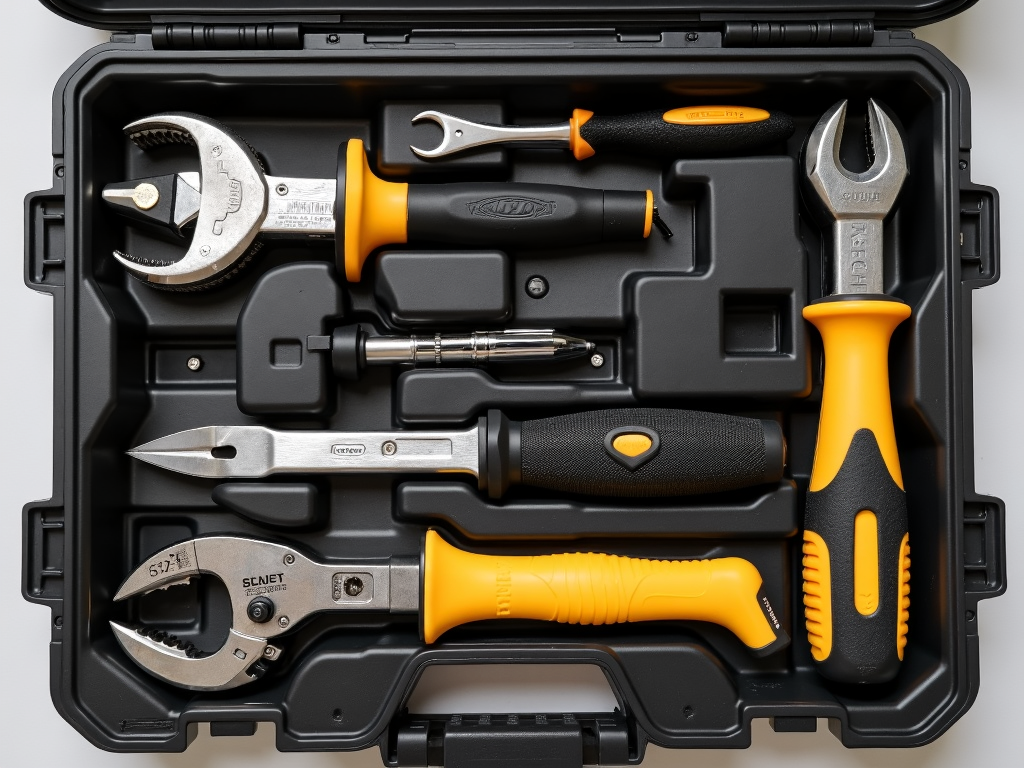
Prioritizing safety in DIY projects is not just about avoiding injuries; it's about ensuring the success and enjoyment of your endeavors. By following the tips outlined in this article, you can tackle your projects with confidence and peace of mind.
- "10 Easy DIY Projects for Beginners"
- "How to Choose the Right Wrench for Your Project"
- "Top 5 Safety Gear Essentials for DIY Enthusiasts"
- "The Importance of Tool Maintenance"
- "DIY Safety: A Comprehensive Guide"
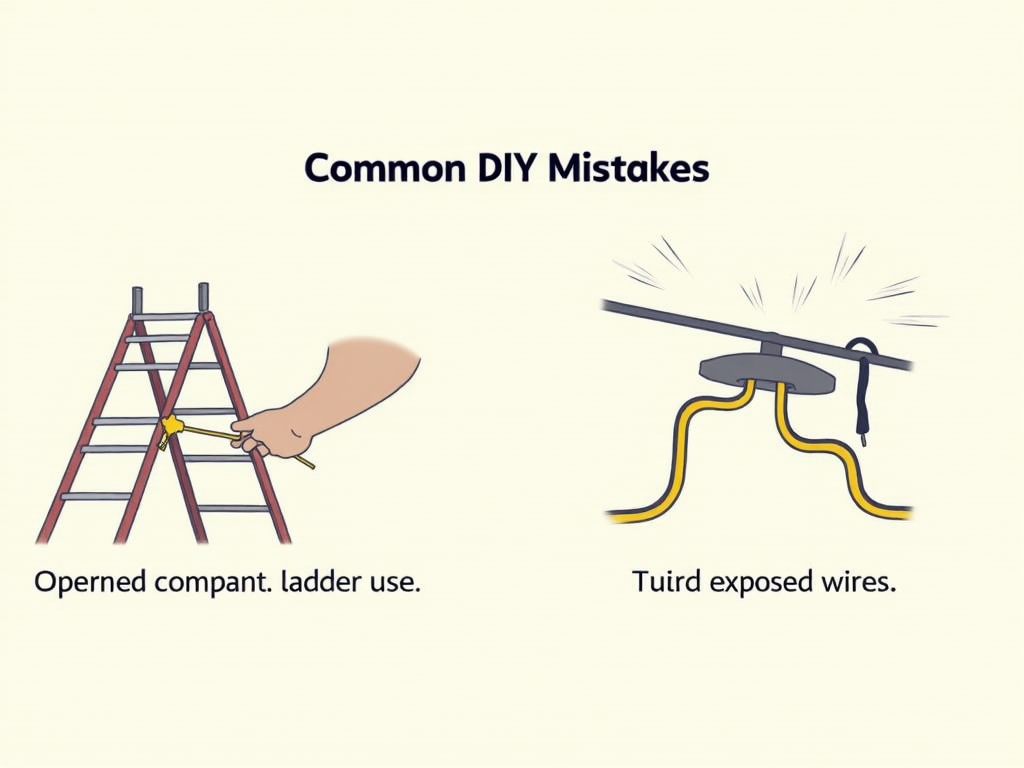
Related DIY Safety: Tips to Avoid Common Mistakes:
- Workman Tools for Plumbing Projects: A Comprehensive Guide
- The Evolution of Power Tools: From Manual to Modern
- A Beginner’s Guide to Different Power Tool Types
- Essential Tools for Every DIY Mechanic: A Comprehensive Guide
- Cordless Drills vs. Impact Drivers: What’s the Difference?
- Ergonomic Workman Tools for Comfort: A Comprehensive Guide
- How to Care for Your Workman Tools: A Comprehensive Guide
- Maintenance Tips for Your Construction Tools: A Comprehensive Guide
- Easy DIY Builds to Start Today: A Beginner's Guide to Fun and Practical Projects
- Mastering Metalworking: The Ultimate Guide to Power Tools
- How to Organize Your Toolbox for Maximum Efficiency
- The Top Power Tools Every Home Workshop Should Have
